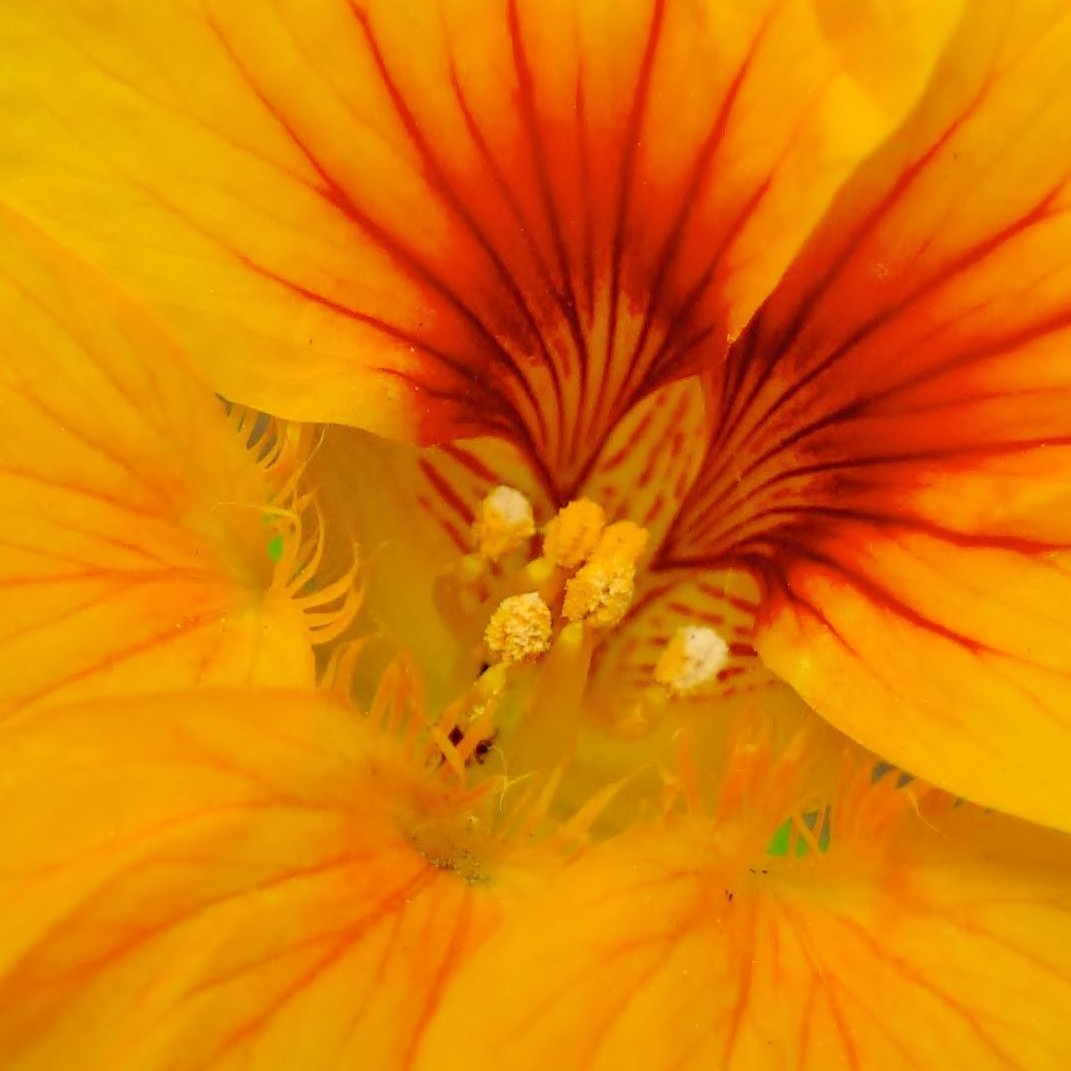I like to think of images in blog posts like flowers. They can attract your reader like bees. Once enticed the images can be used by readers to ‘dance’ about your wise words on visually oriented social networks.

What images can I use?
Photos
There are plenty of images online that are free to use. However, make sure you choose images you have permission to use. I’d recommend using Creative Commons images (free photos and graphics, licensed by their creator to be reused, reworked or shared). Do check which license the image is using. For example, you may come across the following:
This means you can reuse, rework or share the image as you wish, but you need to attribute it to the author. For more details on the different licenses and how they work, look at this page.
Notice how the photo of the bee above has a photo credit attributing the photographer. To get this, use Compfight, a Flickr plug-in you can use to search for Creative Commons images on Flickr. Once you’ve chosen your pic, it provides you with the HTML code to paste into your picture description and – hey presto – you’ve attributed the author.
Alternatively, use logos and icons to help communicate your ideas. I particularly like the Noun Project, the juggler icon was downloaded from the site.
Make your own
If you’re feeling creative, you can use Canva to make your own images. It’s free, easy to use and has a good range of templates and stock images.
Where do I put images in my post?
Ginny Mineo (2017) suggests you align images to the centre or right of your post. She argues it makes it easier for your readers to follow along. If you left-align images, you break the left-margin, which is their point of reference, making it harder to follow the text.
As you can see, I’ve broken this rule with my bee image. What do you think? Did it disrupt your reading flow?
How can I make my images accessible?
Bear in mind your reader could be listening to your blog post. They may be visually impaired and using a screen reader such as JAWS or NonVisual Desktop Access (NVDA). Therefore, it’s important you think about how you use ALT-text.
What is ALT text?
ALT text is used whenever an image is placed on a webpage. It describes what the image is. Its use is popular because it allows web images to be ‘searchable’ and increases your search engine optimisation (SEO). However, before using ALT text consider the following questions:
- Does the image convey any meaning that would be lost if the image was not viewable?
- If so, it’s best practice to use ALT text.
- Is the image mostly decorative?
- Avoid using ALT text. It will just create unnecessary noise for screen readers. (RNIB, 2014)
For more details about good ALT-text practice visit WebAIM.
Any further suggestions?

Use a featured image on your homepage. Remember the flower and bee analogy I used before? A good featured image is more likely to entice bees, no sorry, I mean readers to your post.
Keep the size of your image file down. The larger the file you upload, the longer it will take to load on a page and we all know how quick we are to click away from slow pages.
How do I do all this? If you’re not sure how to add ALT-text or select a featured image for your post, come along to the Blog writing group. We can show you how to do these things. In addition, you’ll have time to finish off that post you’ve been meaning to do for ages.
The next session is on Wednesday 2nd May, 1pm in Room EG02.
If you’d like to be added to the mailing list, contact – daniel.sansome@city.ac.uk
References:
Mineo, G. (2017) The definitive guide to using images on your blog. Available at: https://blog.shareaholic.com/how-to-use-images-on-your-blog/ (Accessed: 4 April 2018).
RNIB (2014) Accessibility guidelines for ALT text: what you need to know. Available at: http://www.rnib.org.uk/accessibility-guidelines-alt-text-what-you-need-know (Accessed: 25 April 2018).




Hi Dan, thanks for this update – its really useful, I will pick up the ALT tag best practice – as I always wondered about adding it unnecessarily – so appreciate the guidance.
Hi Sandra, my pleasure. I’d always assumed that it was better to add ALT tags to help visually impaired users. However, I did wonder whether it was useful for decorative images. So the guidance from the RNIB was helpful.
Thanks Dan, I like using images in slides so interesting to find out where best to align pictures within text. Also helpful info on referencing images from Creative Commons. I’ll buzz off now! 🙂